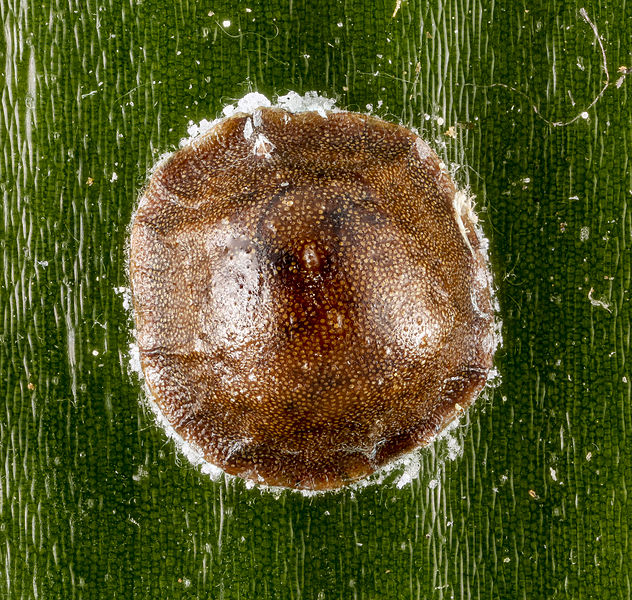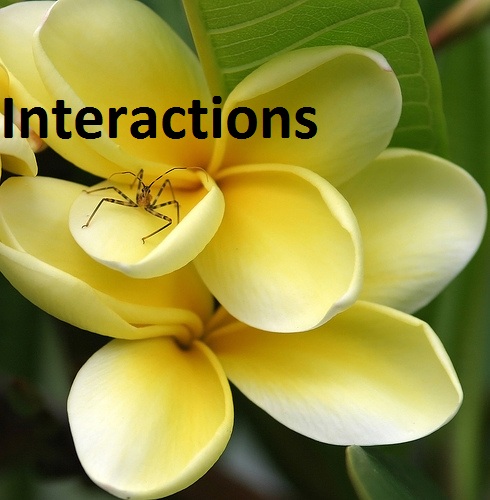Identifying Frangipani pests:
Although Frangipani do not often experience many problems with
pests and are relatively easy maintenance, there are a few key
players that can do major damage to the plant.
If you are a Plumeria gardener, you may fear the sight
of this little critter -->
Pseudosphinx tetrio, also called, Plumeria caterpillar or
Plumeria moth, is the most common pest of Plumeria rubra.
These caterpillars stay busy eating away and may actually gnaw
off entire leaves if they are left alone. They have bright
beautiful colors in the caterpillar form (seen to the right),
but then change color to brown or gray before turning into
moths. To get rid of these hungry plant-killers, you can simple
pick them off with a tweezers or your fingers. Otherwise,
organic pesticides will get the job done without harming the
Frangipani.
Another visible and pesky pest is "Frangipani rust" which is a
fungus that creates clustered spots on the plant. The spots are
concentrated areas of the fungi's reproductive spores. When the spots become too
large, they burst open, releasing the spores onto nearby leaves
and plants. This "rust" can be treated with a fungicide. If not
treated, the leaves will fall off. For best results,
remove the spot before it bursts open!
 Another well-known pest of
Frangipani are scale. These
are small, hard-shelled insects that stick to the underside of
the leaves of the plant.
These insects cause the leaves to curl or fall off as they feed
on the leaves and flowers. While you may find pesticides to
treat the scale infestations, there are also natural
insecticides such as predatory bugs that will eat the scale.
Another well-known pest of
Frangipani are scale. These
are small, hard-shelled insects that stick to the underside of
the leaves of the plant.
These insects cause the leaves to curl or fall off as they feed
on the leaves and flowers. While you may find pesticides to
treat the scale infestations, there are also natural
insecticides such as predatory bugs that will eat the scale.
Lastly, Frangipani rot is a common occurrence when the plant has
been watered too much or too frequently. This is less visible
than other issues, but you may notice that the stem has turned
brown or yellow, or even black. The rotting Frangipani becomes
susceptible to fungus infestation. Trim rotting stems or
branches of the Frangipani with a sharp pruning spears, and be
sure to sterilize the shears with rubbing alcohol between the
cuts to avoid spreading the rot.
Check out some additional odds and ends that you probably didn't
know about the beautiful flowering
plant of Plumeria rubra
on the Facts page.
![]()
![]()
Take me back to where it all began, take me Home
